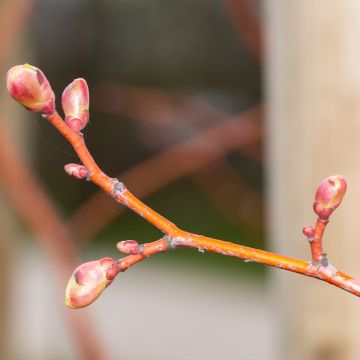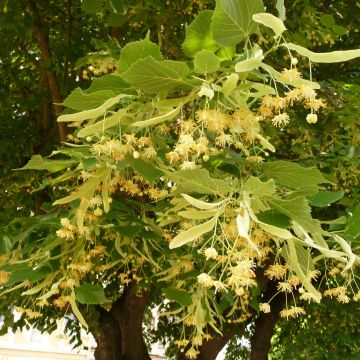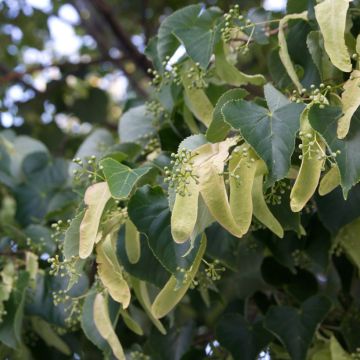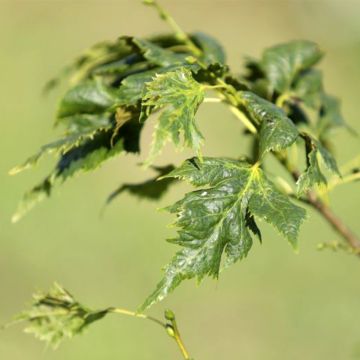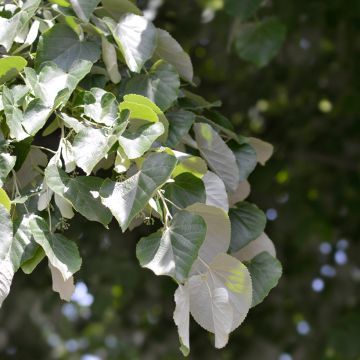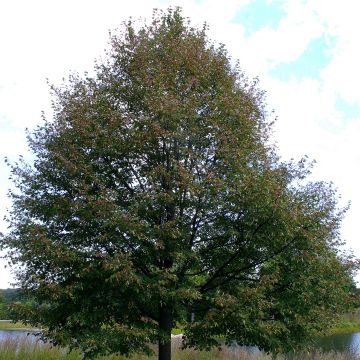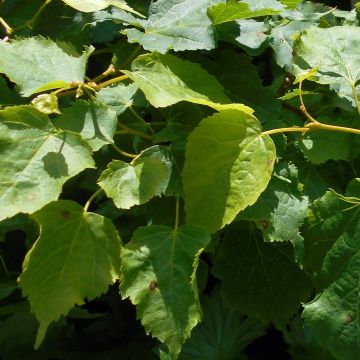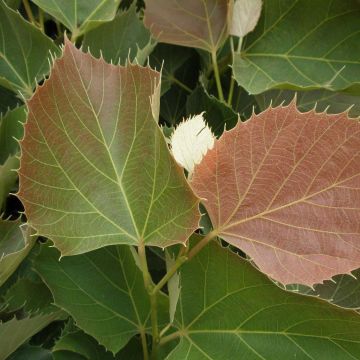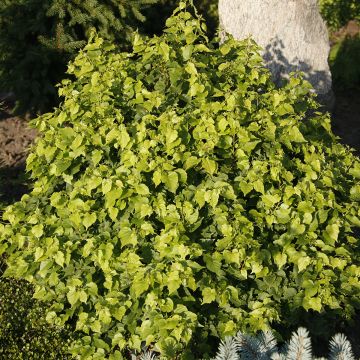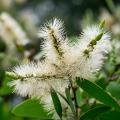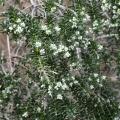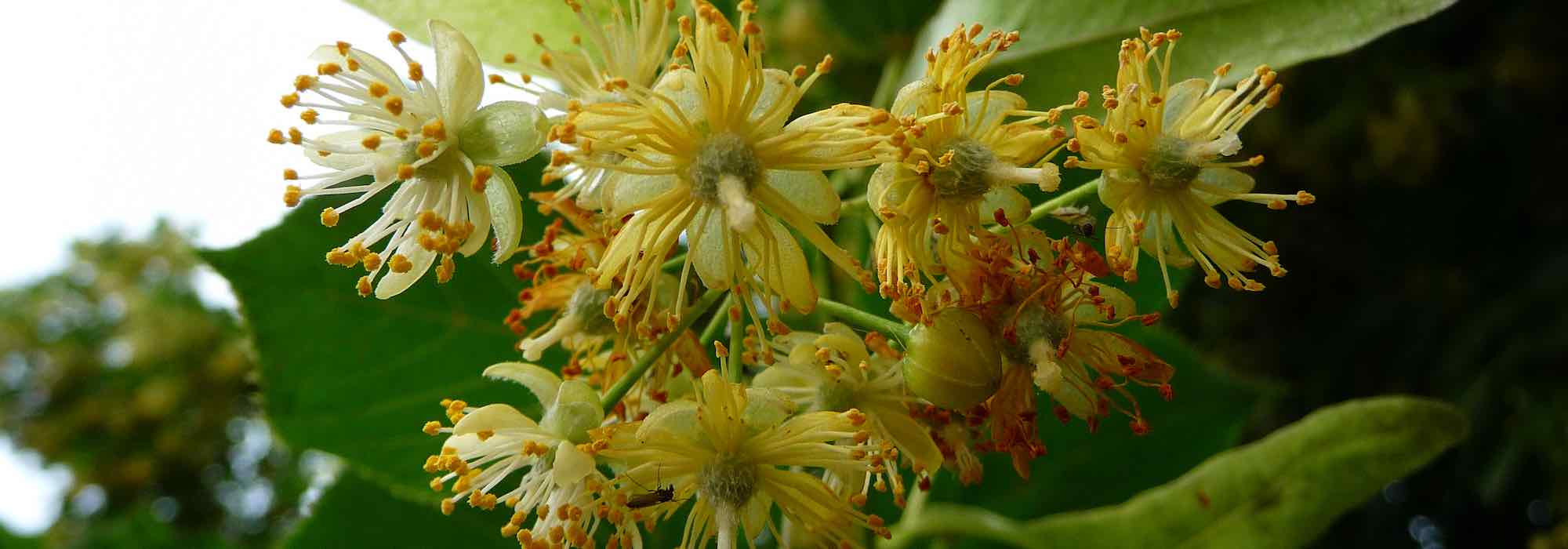Tilia - Linden
Would this plant suit my garden? Set up your Plantfit profile →
Available in 3 sizes
Available in 1 sizes
Available in 2 sizes
Available in 1 sizes
Available in 1 sizes
Available in 1 sizes
Available in 1 sizes
Available in 1 sizes
Available in 1 sizes
Available in 1 sizes
Available in 1 sizes
Available in 1 sizes
Available in 1 sizes
Available in 1 sizes
Available in 1 sizes
Available in 1 sizes
Available in 1 sizes
Available in 1 sizes
Lime trees, from the Tilia genus and the Tiliaceae family, are trees famous for their fragrant and highly honey-producing flowering, the benefits of which are used in soothing infusions. The deciduous and majestic trees, used for shade, are often found in old parks, large gardens, or lined along avenues and roads. They are familiar to us in the form of European species such as Small-leaved Lime (Tilia cordata), Large-leaved Lime (T. platiphyllos), and their hybrid, the Holland Lime (Tilia vulgaris). Other introduced species from Asia or America, such as the Henry's Lime or T. tomentosa, are also planted in gardens. Limes are essential oil trees that prefer light or partial shade and calcareous soils. They are perfectly hardy and naturally produce shoots from their stump. Their short-lived flowering consists of pendulous clusters of cream-green flowers, intensely fragrant in May-June, and highly visited by bees. Lime trees have a characteristic habit and appearance. Here is our selection:
Haven't found what you were looking for?








































